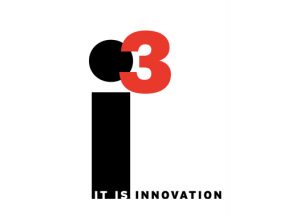Cybersecurity risks are escalating, threatening businesses, governments and consumers. In a world that revolves around the internet, security breaches, hacked elections, hacked medical devices, cyberwarfare, cryptocurrency heists, and other cyber threats are just a keystroke away. Some speculate that cybercriminal activity will represent the greatest transfer of economic wealth in history.
U.S. consumers lost $19.4 billion to cybercriminals last year, according to Symantec’s 2017 Norton Cyber Security Insights Report, and then spent almost 24 hours each dealing with the impact of cybercrime. That amount jumps to $172 billion when you take the rest of the world into account. Cybersecurity incidents now rank as number two on the Allianz (Insurance) Risk Barometer, a report that identifies the most important risk factors for companies. This annual report is based on insight from 1,911 risk experts from 80 countries. The nature of cyber threats is evolving and business interruption is a worldwide concern.
Connected Devices
At the recent annual World Economic Forum (WEF) in Davos, cybersecurity was a top concern by business and government leaders. There was pressing anxiety about cryptocurrency ecosystems, election security, cyberwarfare, airline computer systems and chips.
And connected products and services are increasing and creating more questions. Researchers forecast that as many as 300 billion items will be connected by 2020 and 500 billion devices by 2030. Innovations including augmented reality, artificial intelligence, and the Internet of Things (IoT) are transforming the global landscape in unprecedented ways.
At CES 2018, companies showcased amazing implementations based on IoT — from smart cities and smart/digital health to smart homes and self-driving vehicles — but how secure are these devices that eat excessive amounts of personal data? Every app and connected device is a potential entry point for cyber-attackers.
As the number of IoT devices balloons, hackers will find new ways to uncover secrets and protocols to access backend services and bypass access controls in data centers; hijack nodes to deny services, demand ransoms, steal data or forge transactions; run unauthorized transactions that could affect patient safety; and new schemes that have not been discovered yet.
Solutions on the Horizon
“Cyberattacks are perceived as the global risk of highest concern to business leaders in advanced economies,” reports WEF in its Global Risks Report 2018. “Cyber is also viewed by the wider risk community as the risk most likely to intensify in 2018.” New risks require new tools and models to help manage and mitigate the impact of a breach before data is stolen or nefarious activities are played out.
A new model for a global security platform is needed that combines governmental and private collaborations to counter these challenges. In January, WEF launched the Global Centre for Cybersecurity to facilitate this public-private cooperation.
How can businesses bake rigorous security into the DNA of their products from the beginning? When it comes to cyber warfare, do we engage in “active defense”? As we work through these issues, ourcommon goal is to continue to confidently harness innovation to impact people, society, and the planet for the greater good.
Susan Schreiner


